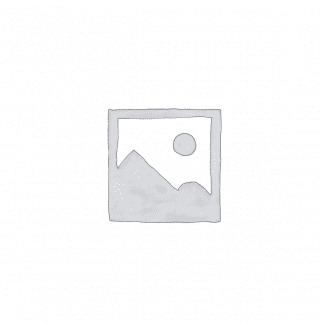ABSTRACT
Highly electros withdrawing groups, bromine and oyano, were
substituted into 2′ , and 6′ – positions in the acceptor ring of
azo dyes, with condenesable aldehyde group in the 4-position. The
formyl group of the resulting dyes were condensed with active
methylene compounds to give series of dyes. Characterisation and
spectrophotometry analysis of the derived dyes were carried out.
The dyes were applied to polyester and their dyeing properties
were investigated.
It was found that the incorporation of these highly electron
withdrawing groups led only to slight bathochromic shifts of
visible absorption bands. Seasons such as steric interference
were given to explain the effect. However, it was found that the
dyes derived from 2′,6′-dicyano para-aminoaeompounds were more
bathochromic than their 2′,6′-dibromo para-aminoazo conterparts.
Most of the dyes exhibit, negative halochromism due to the.
effect of electron withdrawing groups incorporated in the
acceptor ring. Most of the. dyes also show bathochromic shifts as
the solvent polarity was increased.
The dyes are generally fast to washing but very poor to
light.
- For Reference Only: Materials are for research, citation, and idea generation purposes and not for submission as your original final year project work.
- Avoid Plagiarism: Do not copy or submit this content as your own project. Doing so may result in academic consequences.
- Use as a Framework: This complete project research material should guide the development of your own final year project work.
- Academic Access: This platform is designed to reduce the stress of visiting school libraries by providing easy access to research materials.
- Institutional Support: Tertiary institutions encourage the review of previous academic works such as journals and theses.
- Open Education: The site is maintained through paid subscriptions to continue offering open access educational resources.



